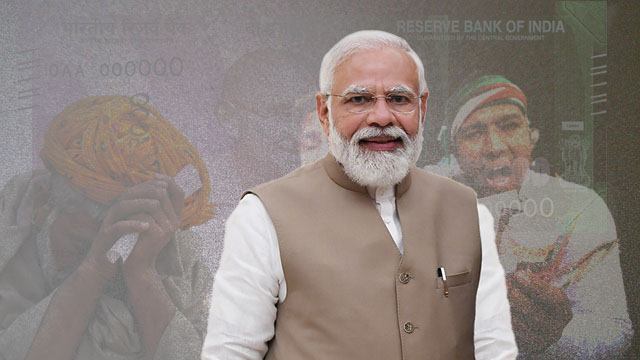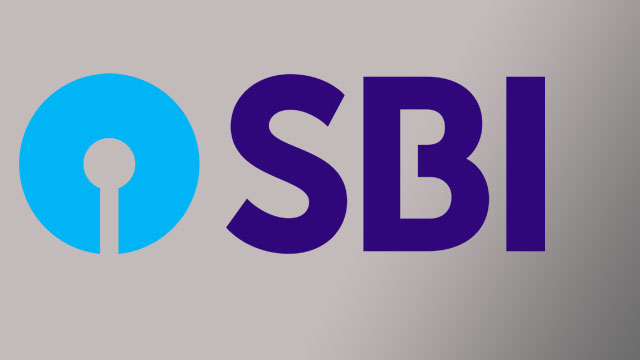The Reserve Bank of India (RBI) on May 19th decided to withdraw the Rs 2,000 currency notes from circulation in pursuance of its “Clean Note Policy”. The RBI declared banknotes in Rs 2,000 denominations will continue to be a legal tender till September 30th. This means the people can use the bill for transactions until then.
The RBI has advised banks to stop issuing Rs 2,000 notes with immediate effect. ATMs or cash recyclers would be configured accordingly, it said.
“Banks holding Currency Chests (CCs) shall ensure that no withdrawal of ₹2000 denomination is allowed from the CCs. All balances held in the CCs shall be classified as unfit and kept ready for dispatch to respective RBI offices (sic)”, the central bank said in a statement.
In November 2016, the Rs 2,000 denomination banknotes were introduced under Section 24 (1) of the RBI Act, 1934. The introduction of Rs 2000 resulted from the demonetisation exercise when old currency notes of Rs 500 and Rs 1,000 were invalidated overnight by Prime Minister Narendra Modi.
The demonetisation rattled the banking system as panicked Indians rushed to their respective bank branches and ATMs to exchange the old currency notes. This sudden jolt angered and dismayed many citizens because of its sheer abruptness.
This time, the public has been advised by the central bank to deposit their Rs 2,000 notes into their bank accounts and/or exchange them for other denominations of banknotes at any branch.
To ensure operational convenience and avoid obstructions in the regular activities of banks, Rs 2,000 banknotes can be exchanged up to a limit of Rs 20,000 at one time at any bank from May 23rd onwards.
To complete the exercise in a given timeframe and to offer enough time to the public, all banks have been instructed by the RBI to provide deposit and/or exchange facilities for Rs 2,000 denomination till September 30th.
Guidelines have been issued by RBI to the banks.
Before the contentious demonetisation exercise in 2016, in 2013-14, the RBI withdrew all banknotes issued before 2005 from circulation. At that time, people were required to exchange those notes at the banks in a similar manner. At that time, the central bank had clarified that currency notes issued before 2005 would continue to be legal tender.
Over the years, the circulation of Rs 2,000 notes had drastically decreased. Even bank ATMs rarely disbursed these notes. The RBI has informed that it stopped printing Rs 2,000 notes from 2019 onwards.
According to the RBI, the total value of these banknotes in circulation declined from Rs 6.73 trillion at its peak on March 31st 2018 to Rs 3.62 trillion in March 2023. From 37.3% of all currency notes in circulation during its peak, it came down to only 10.8% of notes in circulation on March 31st 2023.
Prime Minister Modi had called the largely contentious demonetisation drive a “master stroke” against “black money hoarding” by unscrupulous elements. However, his critics have alleged that neither demonetisation brought down India’s dependence on cash for transactions nor could it end the menace of tax evasion and “black money” hoarding.
The government has rejected the allegations against it and calls the demonetisation to exercise a successful one, while the Opposition alleges that the drive destroyed small and medium businesses and spiralled India’s unemployment, which became highest in four and half decades in the financial year 2017-18.







